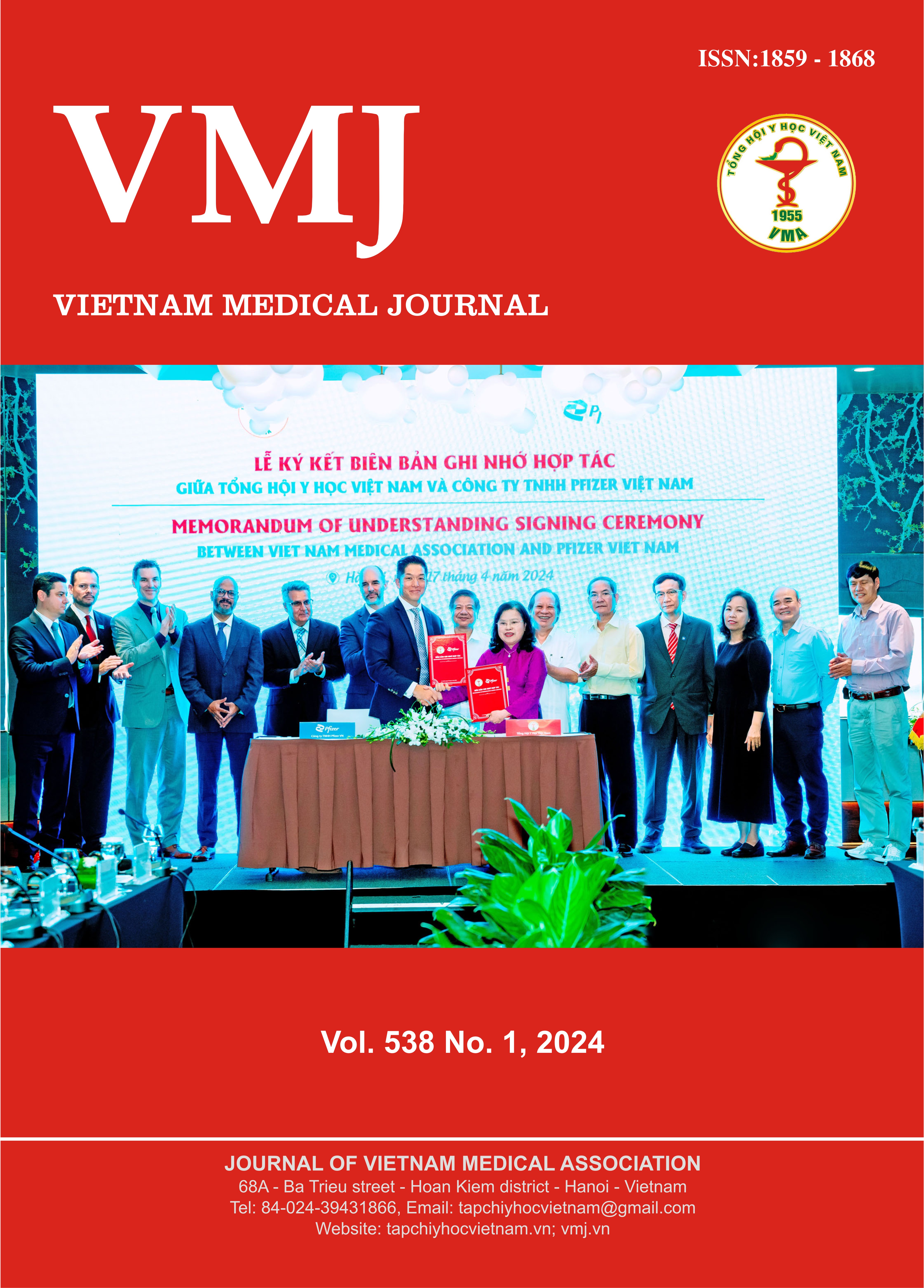CYTOTOXIC ACTIVITY OF FRACTIONS AND COMPOUNDS FROM PEPEROMIA PELLUCIDA
Main Article Content
Abstract
Peperomia pellucida is a widely distributed herb and commonly used in folk medicine for the treatment of various disorders. The present study reported the isolation, elucidation of compounds from the whole plant and their cytotoxic activities on Hep G2 (HB - 8065TM, hepatocellular carcinoma), A549 (CCL-185™, pulmonary adenocarcinoma), and MCF-7 (HTB - 22TM, breast cancer) cell lines. As a result, velutin exhibited the most significant cytotoxicity against Hep G2, A549, and MCF-7 cell lines with IC50 values of 34.00, 30.85, and 41.33 μg/mL, respectively.
Article Details
Keywords
Peperomia pellucida, Velutin, Flavonoid, Flavone, Cytotoxicity
References
2. Wei, L.S., et al., Characterization of anticancer, antimicrobial, antioxidant properties and chemical compositions of Peperomia pellucida leaf extract. Acta Med Iran (2011), 49(10): p. 670-4.
3. Lin, M., et al., Peperomin E Induces Apoptosis and Cytoprotective Autophagy in Human Prostate Cancer DU145 Cells In Vitro and In Vivo. Planta Med (2021), 87(08): p. 620-630.
4. Ngo, Q.-M.T., et al., Carotane sesquiterpenes from Peperomia pellucida and their anti-infective activities. Natural Product Research (2023).
5. Mosmann, T., Rapid colorimetric assay for cellular growth and survival: Application to proliferation and cytotoxicity assays. Journal of Immunological Methods (1983), 65(1): p. 55-63.
6. Santoso, B.B., et al., Two Antibacterial Compounds: Velutin and 4- (Hydroxy (Oxiran-2-yl)Methyl)-2-Methoxyphenol from the Stem Bark of Drimys arfakensis Gibbs. KnE Life Sciences (2017), 3: p. 51-62.
7. Kang, J., et al., Flavonoids from acai (Euterpe oleracea Mart.) pulp and their antioxidant and anti-inflammatory activities. Food Chemistry (2011), 128(1): p. 152-157.
8. Zahir, A., et al., DNA topoisomerase I inhibitors: cytotoxic flavones from Lethedon tannaensis. J Nat Prod (1996), 59(7): p. 701-3.


